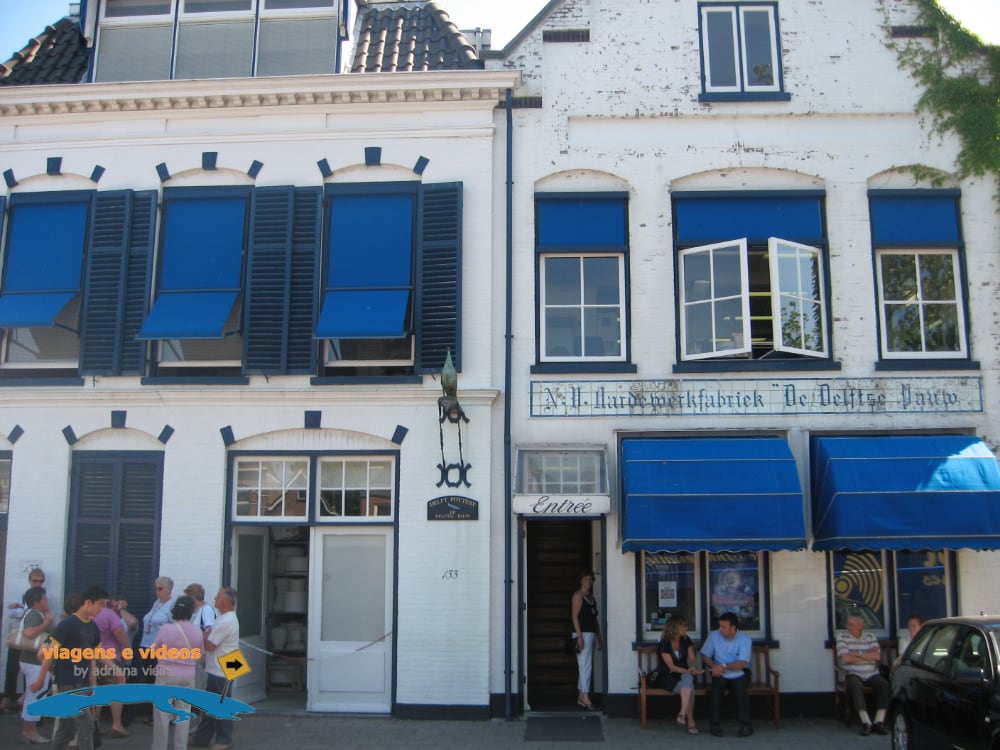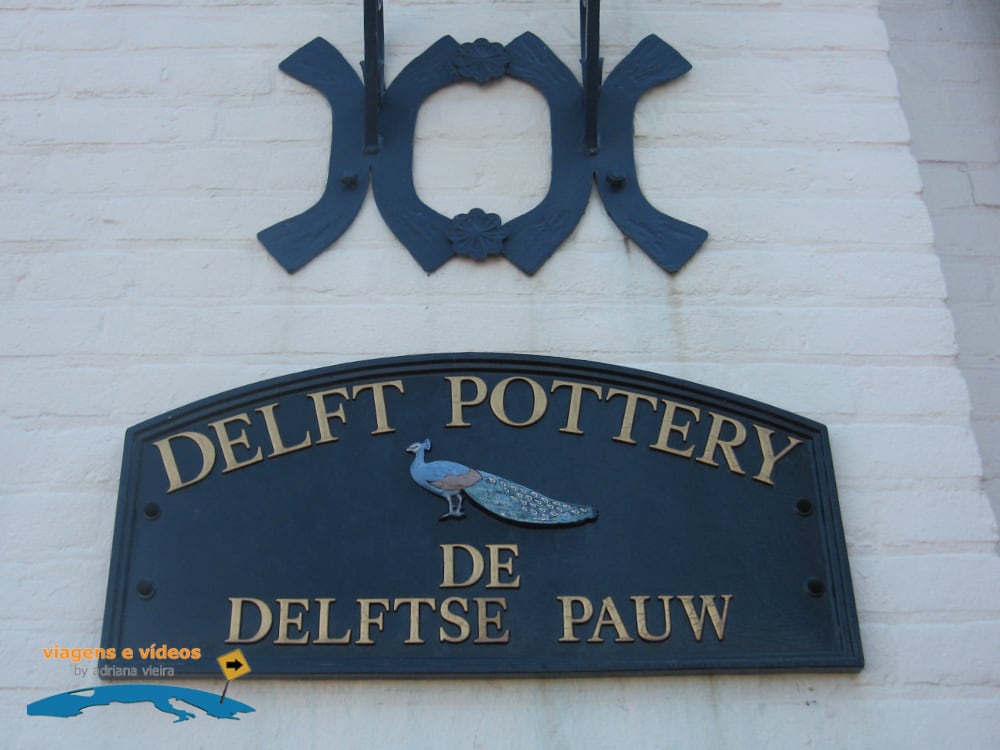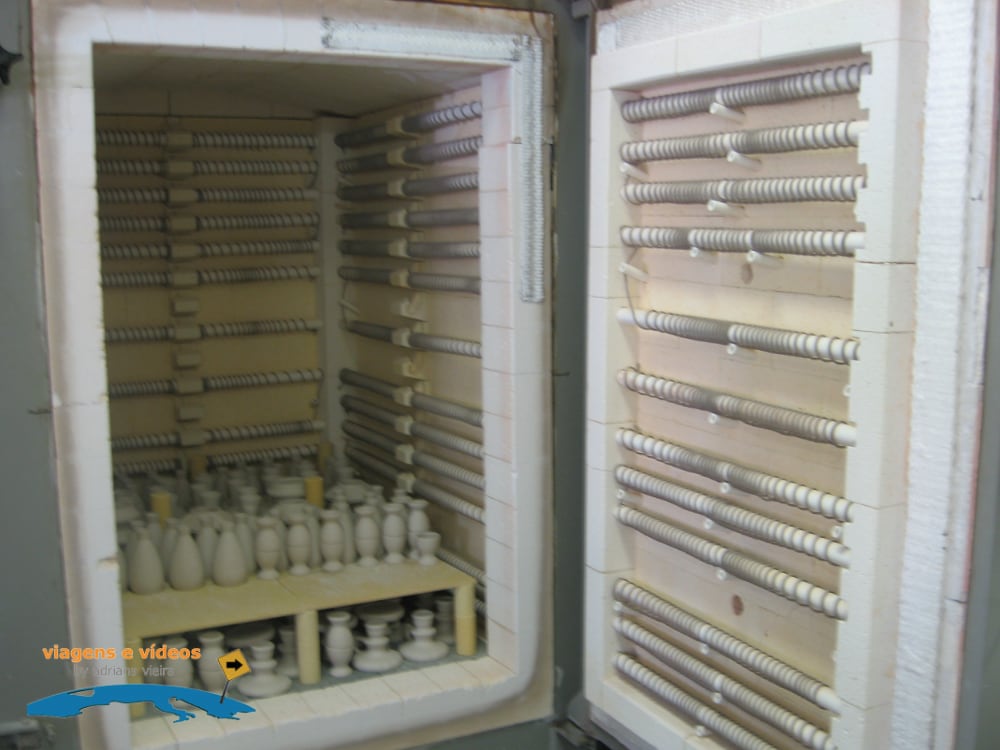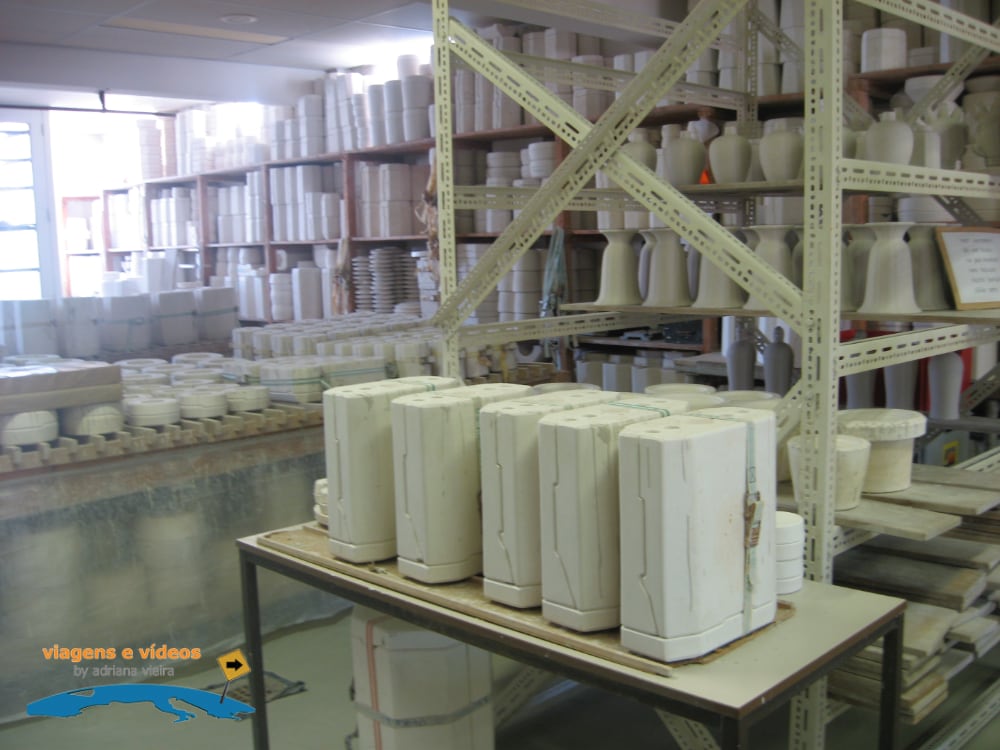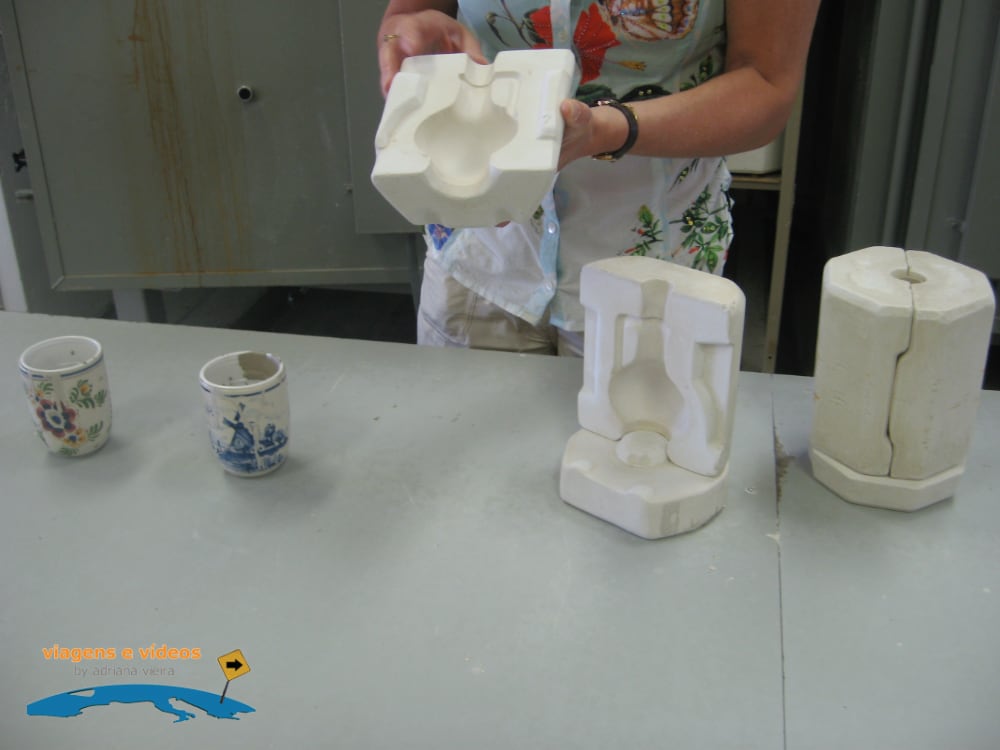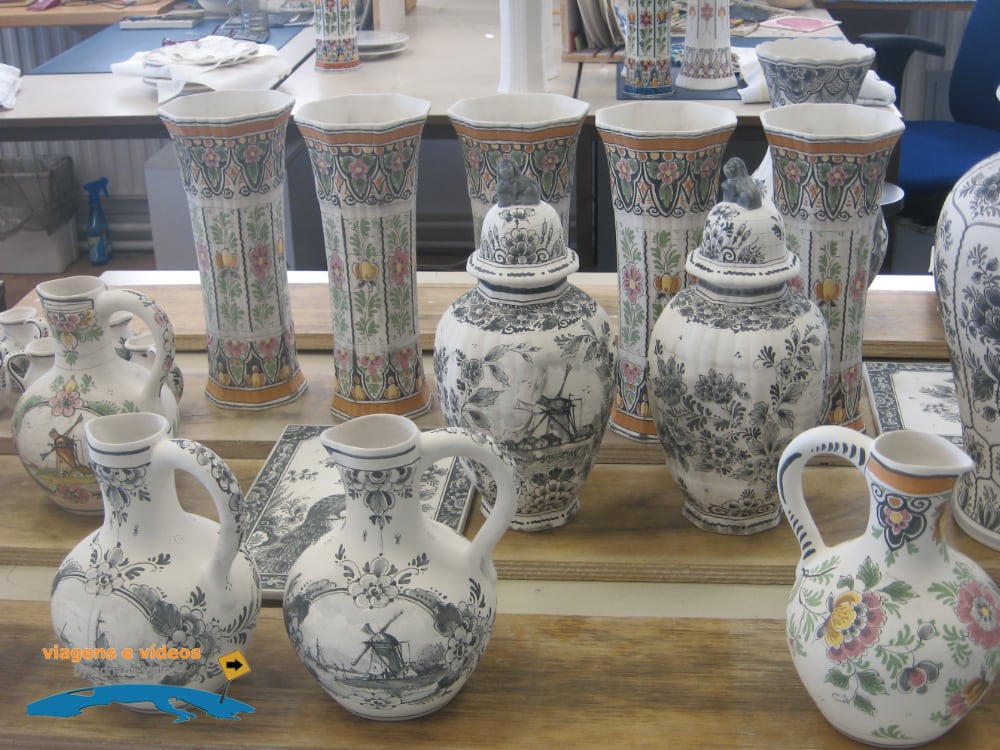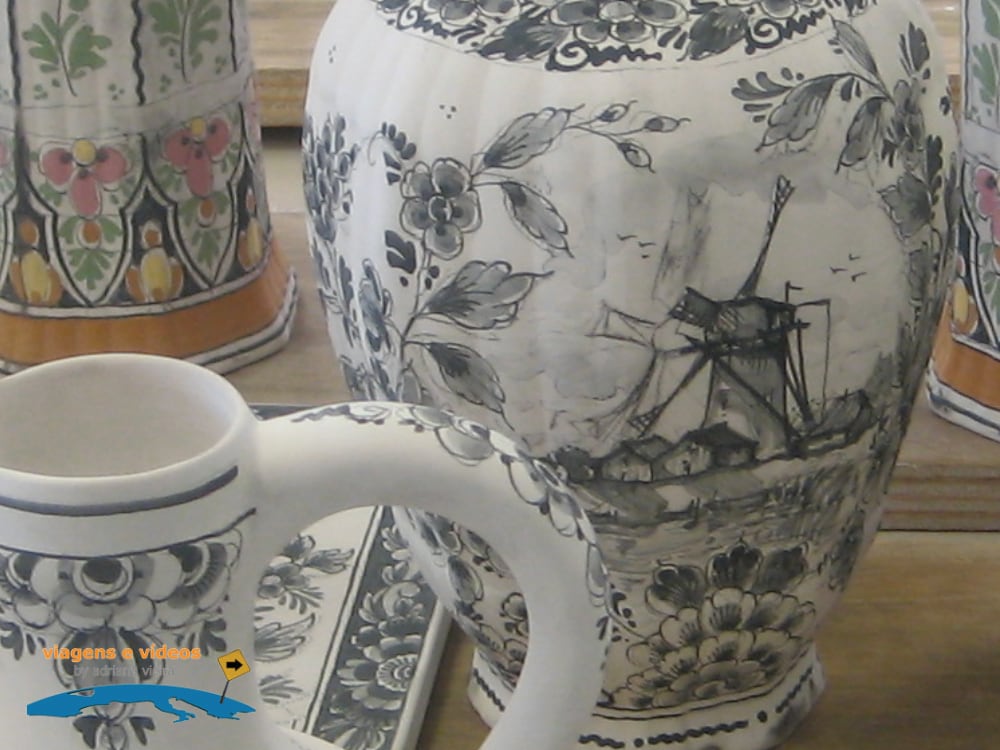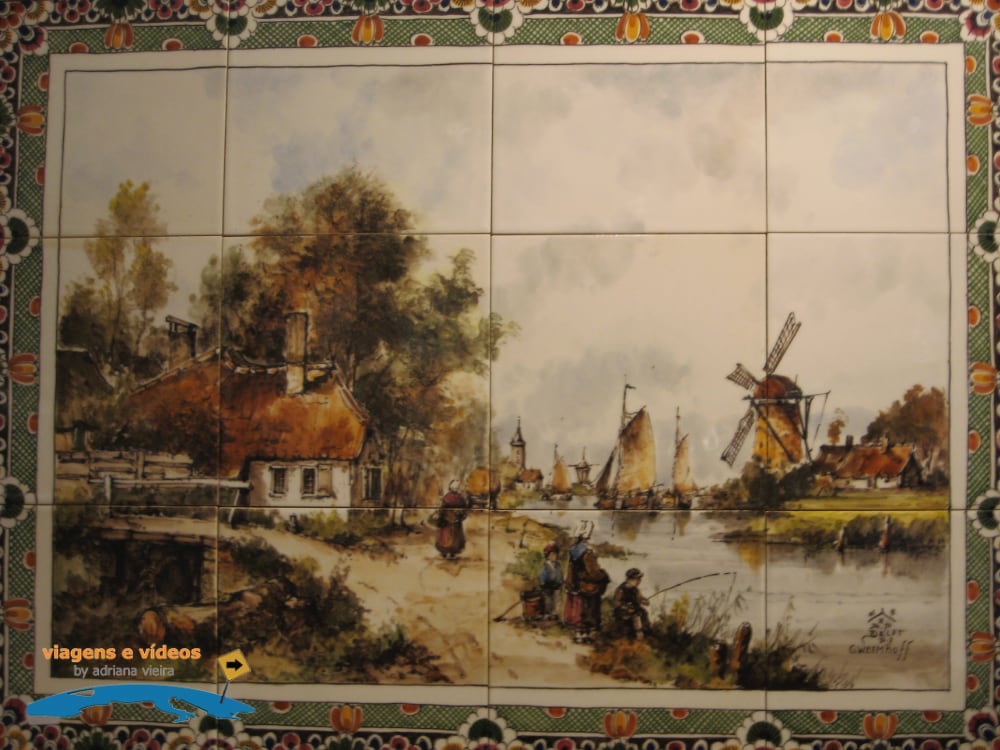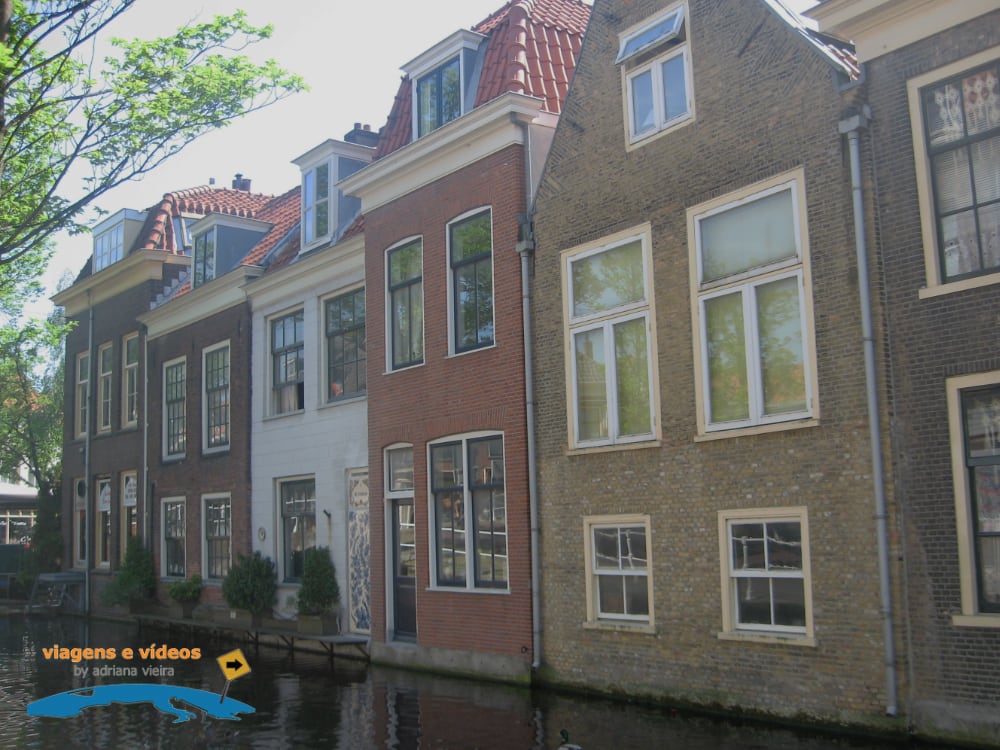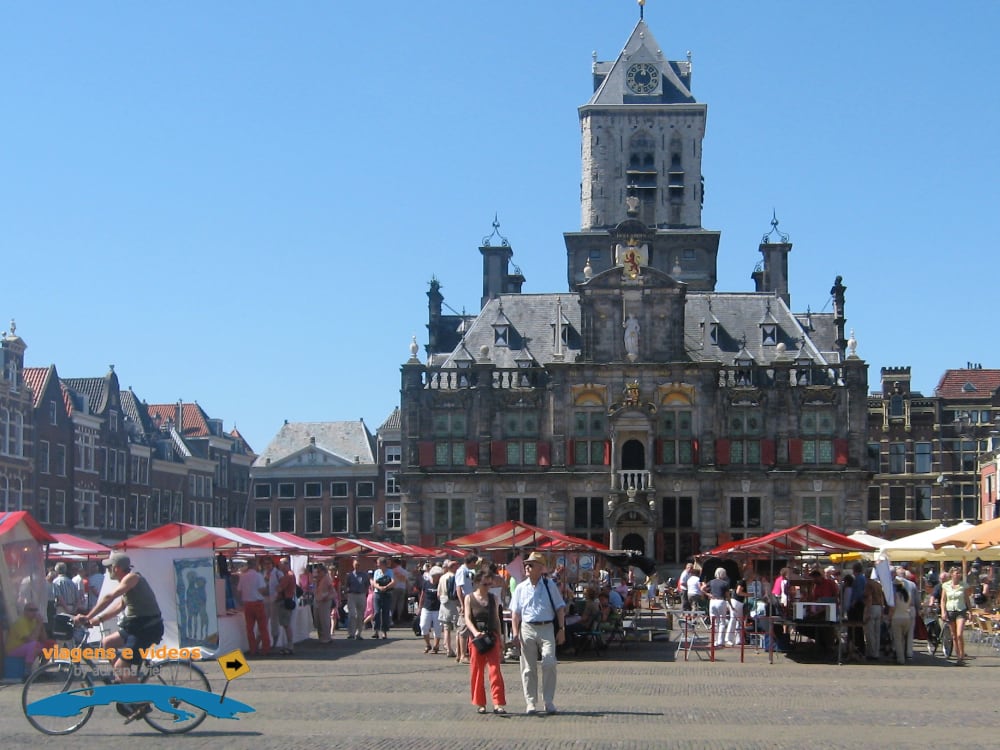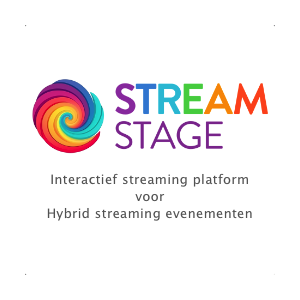Image credit: Adriana Vieira & René Schaap
The Netherlands - Delft
The famous Blue and White Porcelains
Delft is one of the most visited cities in the Netherlands and is known for its white and blue porcelain. Every year, around 145,000 tourists visit Delft, 98% of whom are foreigners and only 2% are Dutch. What many people don't know is that the colored porcelain is even older than the famous blue and white porcelain of today.
The city is home to two factories capable of producing the original porcelain. One of them, Delftse Pauw, was founded in 1650 and operated until the mid-19th century.
The city is home to two factories capable of producing the original porcelain. One of them, Delftse Pauw, was founded in 1650 and operated until the mid-19th century.
Map:
Vídeo:
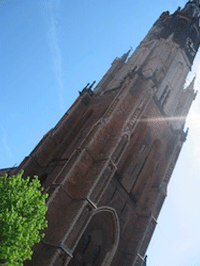
The technique began to be used by Italian immigrants in the 16th century. Currently, 40 people work there painting porcelain. Most of the workers are between 35 and 55 years old and live in the surrounding area of Delft or in the city itself.
One of them is the Dutchman Gerrit Weemhoff, who studied fine arts and then spent another 3 years studying this specific type of painting and has worked there for 42 years (watch the interview with him in the video above!)
But the city has much more to offer!
The Dutch who visit the city usually come here to admire the old buildings and some tombs of heroes and famous painters, such as that of William of Orange, which is considered a true work of art, and also of the painter Johannes Vermeer.
The city is home to buildings built between the 13th and 16th centuries, such as the city's two main cathedrals, as well as the old town hall, the only Gothic building in the city, and an old convent that was used as a general headquarters by William of Orange during the Spanish Revolt.
Another beautiful building, dating from 1400, known as the Eastern Gate, stands at the entrance to the city. It was painted by Vermeer and is on display at the Mauritius Museum in The Hague.
You can also visit a mill built in 1646 that is still in operation, producing flour, as it was last renovated in 1990, and visitors can learn how the machinery works.
For those who want to take a break and enjoy the city at a leisurely pace, there is nothing better and more local than resting and enjoying a snack in one of the city's floating restaurants. They are like ferry boats and are located inside the city's canals.
It's worth checking out!
For those who want to take a break and enjoy the city at a leisurely pace, there is nothing better and more local than resting and enjoying a snack in one of the city's floating restaurants. They are like ferry boats and are located inside the city's canals.
It's worth checking out!
Plan uw trip:

